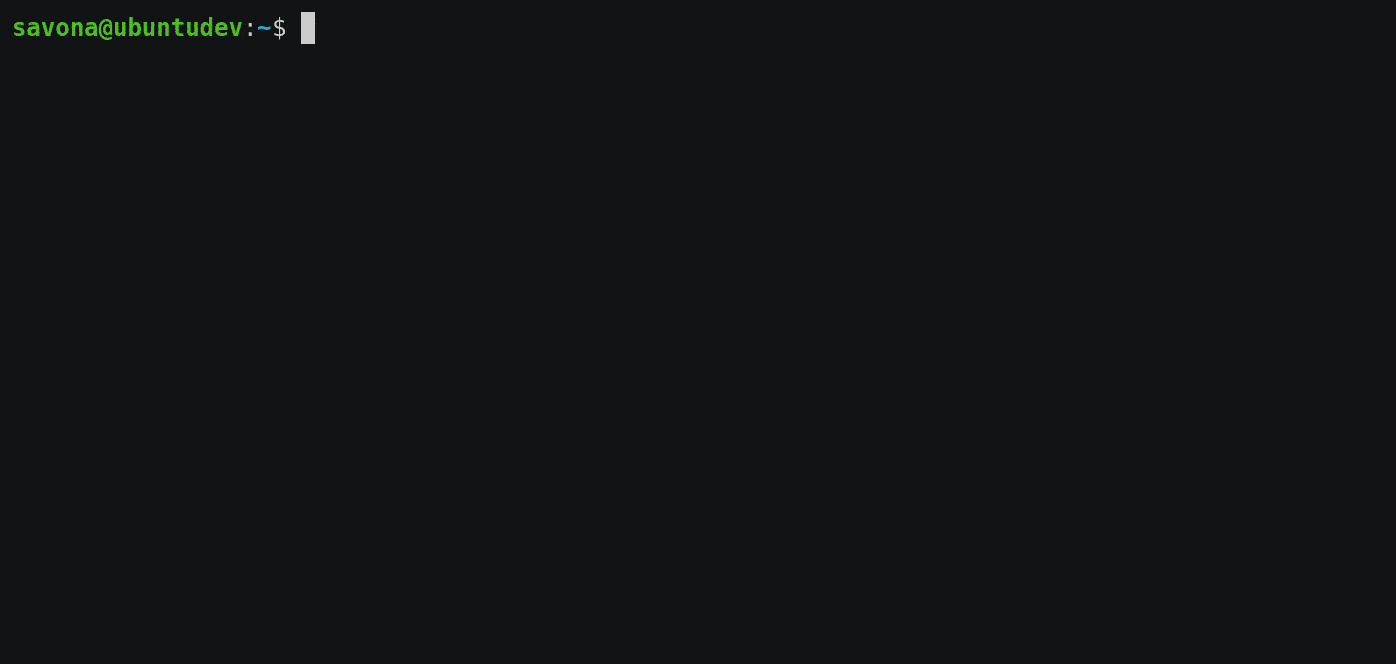131 private links
You can initialize Git repository, check its current status, add and commit changes and push all of that to remote? Great. Now time for these commands!
Use the cheat utility to keep Linux cheat sheets handy on the command line. Personalize your cheat sheets by editing and creating them to suit your needs.

This tool serializes the output of popular gnu linux command line tools and file types to structured JSON output.
This allows piping of output to tools like jq.
Translate Shell (formerly Google Translate CLI) is a command-line translator powered by Google Translate (default), Bing Translator, Yandex.Translate, and Apertium.
It can also be used like an interactive shell; input the text to be translated line by line. It can translate a file or a website, and has a text-to-speech feature.
This is really the first #cli-app listed here that is written in AWK :-)
exa is a replacement for the venerable ls command. exa sports more features and arguably better defaults. Free and open source software.
Dmidecode reports information about your system's hardware as described in your system BIOS according to the SMBIOS/DMI standard. This information typically includes system manufacturer, model name, serial number, BIOS version, asset tag as well as a lot of other details of varying level of interest and reliability depending on the manufacturer. This will often include usage status for the CPU sockets, expansion slots (e.g. AGP, PCI, ISA) and memory module slots, and the list of I/O ports (e.g. serial, parallel, USB).
This article will provide the reader with a brief overview for a number of different Linux commands. A special emphasis will be placed on explaining how each command can be used in the context of performing data science tasks. The goal will be to convince the reader that each of these commands can be extremely useful, and to allow them to understand what role each command can play when manipulating or analyzing data.
How to run an internet speed test from the Linux command line. We examine two tools that both use the speedtest.net service to test your connection speeds.
During the writing phase of an academic paper, common tasks include downloading PDFs of publications and getting their references into your bibliography. However, I am not a fan of navigating the slow, bloated, tracker-filled, and distracting webpages of academic journals and publication aggregators. For some reason, many publishers decided that clicking the "Download PDF" link should redirect the user to an unusable in-browser PDF viewer instead of providing the PDF file directly. While the majority of journal webpages provide formatted citations for their publications, these are inconsistent in style and content.
Converts csv files into LaTeX tables. Contribute to O2-AC/csv2tex development by creating an account on GitHub.
In this brief guide, we will discuss how to install 'motivate' and 'fortune' programs to display random quotes from commandline in Linux.
This brief guide explains how to configure Touchpad settings using gsettings commandline interface on Linux distributions with GNOME DE.
A framework for elegantly configuring complex applications.
JSON manipulation and transformation tool. Contribute to ldn-softdev/jtc development by creating an account on GitHub.
A modernized, complete, standalone TeX/LaTeX engine.
A system for automatically configuring mutt and isync with a simple interface and safe passwords.
An interactive cheatsheet tool for the command-line.

